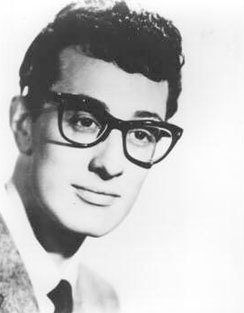As we write in Inside the Apple:
In the years leading up to [the Columbus quadricentennial in] 1892, Carlo Barsotti, the publisher of the Italian-language paper Il Progresso Italo Americano diligently promoted the idea that Columbus be honored in New York, which was fast becoming one of the largest centers of Italians in the world. Through public subscription, Il Progresso raised the money for a statue to be erected...and hired Sicilian artist Gaetano Russo to create a monument to be ready for October 12, 1892. It was unveiled in the newly named Columbus Circle as part of the celebrations for Columbus Day.
Nishi's installation takes Columbus out of the public sphere and reexamines Russo's artwork not only as part of a domestic scene -- there are couches, newspapers, and CNN running on a big-screen TV -- but also as a stereotypical American cultural reference. The wallpaper Nishi has designed for the installation features other American icons, such as the Empire State Building, Elvis Presley, Michael Jackson, baseball, and the old west.
The installation runs through November 18. Admission is free, but timed tickets are required and can be requested at http://www.publicartfund.org/view/exhibitions/5495_discovering_columbus. We're told that it is particularly compelling at night, though we've only seen it from the exterior after sunset.
* * *
Read more about Christopher Columbus in New York City in
To get RSS feeds from this blog, point your reader to this link.
Or, to subscribe via email, follow this link.
Also, you can now follow us on Twitter.










